- Solar energy blog
- Examining grid congestion in the Nordics
Examining grid congestion in the Nordics
Find out what causes grid congestion in the Nordics, how each country is tackling the issue, and what the future might look like with a more efficient grid.


Ghada Alafranji
Senior Account Executive
I started my career journey working as a part-time Project Engineer before graduating from university. I have worked on Solar-Diesel-Battery Hybrid systems and parallel to that I was in Business Development and this is why RatedPower is my perfect fit, I get to do the two most enjoyable things to me Engineering & Business.
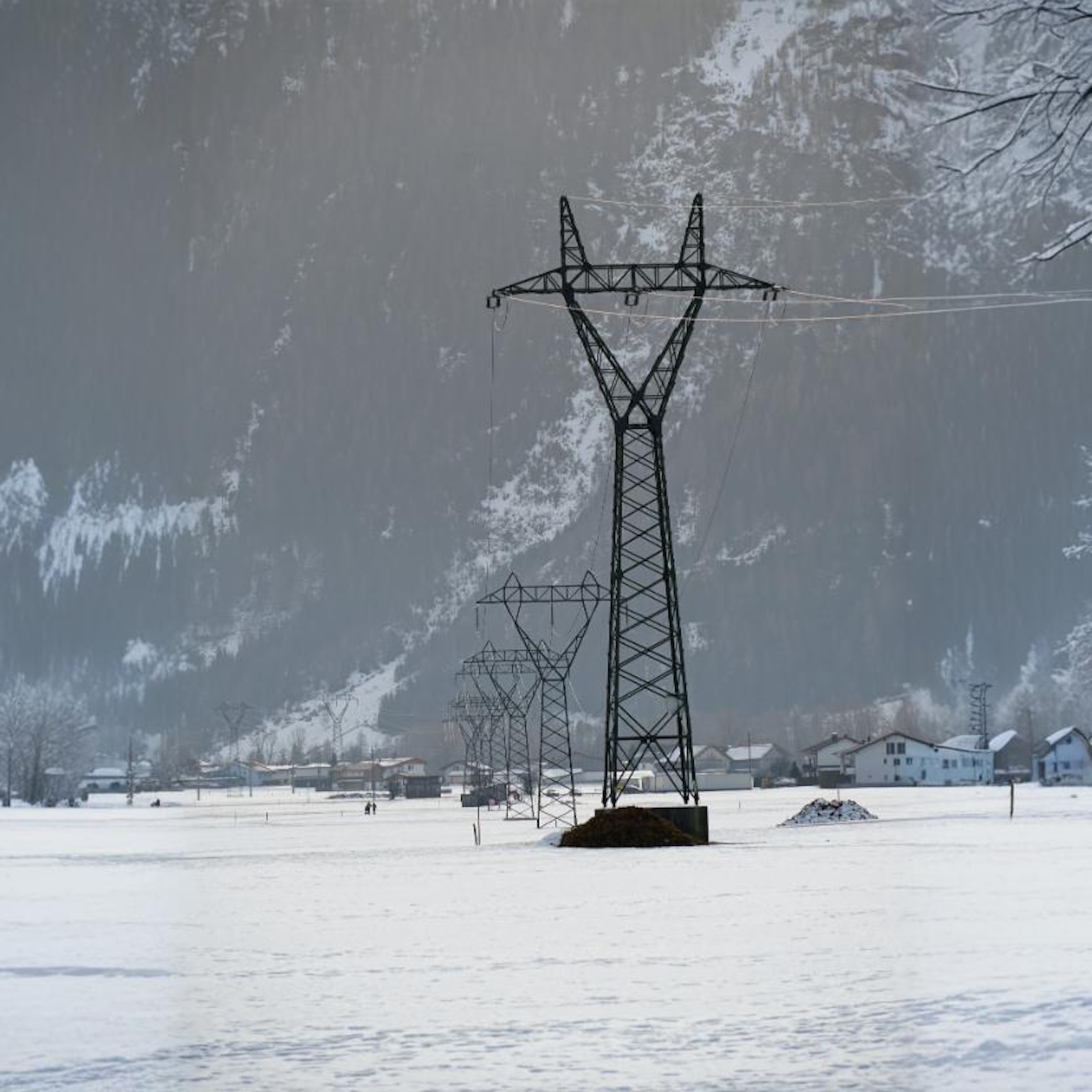
Content
The Nordics are widely recognized as renewable energy leaders, setting bold green goals and ramping up solar and wind power at impressive rates. But with such rapid growth comes a challenge: grid congestion. The more renewable energy is connected to the grid, the more strain is placed on national infrastructure, creating bottlenecks that impact energy flow.
To prevent grid congestion, Nordic countries are gearing up for some of their most significant grid upgrades yet, adding thousands of kilometers in new power lines and billions in investment. But will these efforts be sufficient to ease the congestion and secure a smooth energy future?
Gain valuable insights into the Nordics' path to climate neutrality. Download our eBook: Key milestones of Nordic environmental policy, to explore key climate policies from the Nordic Council study and discover strategies for strengthening the region's environmental framework.
In this blog, we explain what’s causing grid congestion in the Nordics, examine how each country is tackling the issue, and explore what the future might look like with a more efficient grid. But first, let’s determine what grid congestion is and why it’s a growing concern.
What is grid congestion?
Grid congestion occurs when there’s more demand for electricity than the grid can handle. The grid becomes overloaded, and electricity cannot reach the end user.
Grid congestion often arises when renewable sources like solar and wind feed power into the system, as these sources can cause unpredictable spikes in power, especially when more decentralized energy sources, like rooftop solar, come online. It’s also worth noting that the growing popularity of electric cars and heat pumps is increasing demand on the grid, further straining aging infrastructure.
Grid congestion affects everything from connection delays for new users to increased energy costs and occasional reliability issues. These challenges underline the urgent need for intelligent solutions to keep the grid both efficient and resilient.
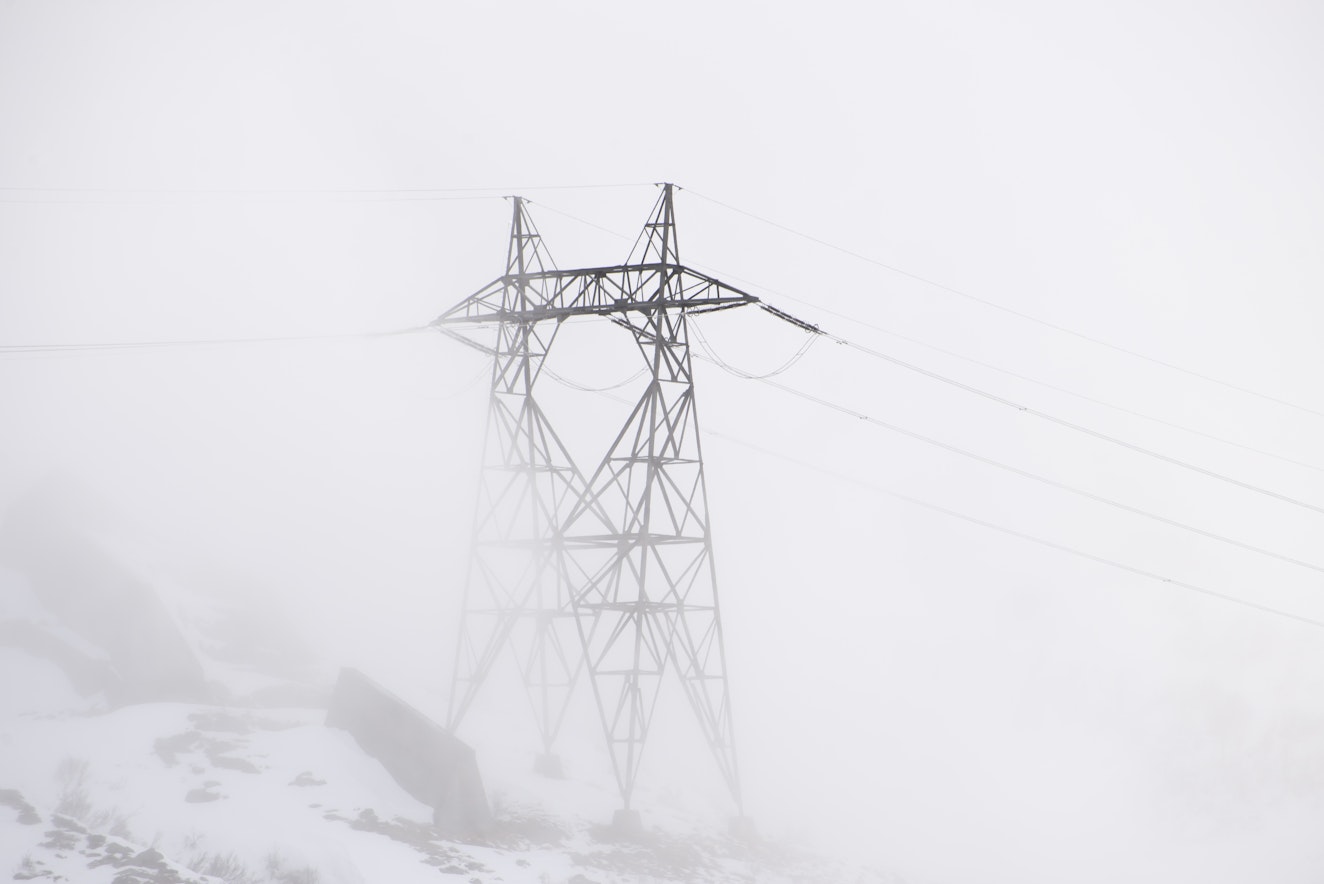
How the Nordics tackle grid congestion
Each Nordic country is finding its own path to handle grid congestion. They are working to keep up with renewable growth while upgrading the grid to support it.
Let’s take a closer look at how Denmark, Finland, Norway, Sweden, and Iceland are responding to grid congestion challenges and how they are planning for a more resilient energy future.
Denmark
Denmark’s geographic position allows for effective energy exchange with the European grid, enhancing the country’s ability to integrate renewable sources. Both onshore and offshore renewables are being expanded, especially in southern and western Denmark.
However, this growth brings some challenges. Managing the grid with a high population density and limited land is difficult, especially in busier regions. As more solar and wind energy comes online, congestion is putting extra strain on the grid, which means Denmark needs innovative solutions.
To keep up, Denmark is upgrading its infrastructure with high-voltage direct current (HVDC) lines both within the country and across the North and Baltic Seas, boosting capacity and supporting energy-sharing with neighbors.
Denmark is also investing in smart grid technology to balance energy supply and demand better. This includes promoting off-peak energy use and implementing Power-to-X (P2X) technology.
Finland
Finland faces unique grid congestion challenges due to its geographical energy distribution. Its grid congestion mainly comes from the energy gap between its regions; wind power is mostly produced up north, while the highest electricity demand is in the south. This setup puts extra pressure on north-south transmission lines, so Finland is investing in upgrades to keep energy flowing smoothly across the country.
Finland is also planning new high-voltage direct current (HVDC) connections to enhance cross-border energy exchange with Estonia and Sweden. These connections are set to improve regional grid resilience and ensure a more stable power supply across the Nordic and Baltic regions.
Finland’s main transmission operator, Fingrid, has adopted intraday trading to manage grid congestion more effectively. This real-time approach allows for power allocation within the day, helping to address sudden grid demands or interconnector issues. Over a two-year trial, Fingrid saved around €490,000 using this method, showcasing its potential to stabilize the grid, cut costs, and support renewable energy integration.
Norway
Norway’s energy grid, mainly powered by hydropower, is one of the most stable in the Nordics. This strong infrastructure provides reliable power distribution and a solid foundation for renewable energy expansion. However, as demand for power increases, new challenges in managing energy flow and balancing resources are emerging.
One primary issue is the shifting power flow pattern, with more electricity moving from the northern and central regions to the south. This is primarily due to rising industrial consumption in the south and the increasing development of offshore wind and solar PV projects. Seasonal variations, especially during summer when solar power peaks, also contribute to changing power flows.
Additionally, Norway faces cross-border congestion with Sweden, impacting energy flows between regions and adding further complexity to grid management.
To overcome these hurdles, Norway is focused on upgrading its transmission lines. Statnett, Norway’s transmission operator, plans to increase the capacity of 300 kV lines to 420 kV by 2040. This improvement will strengthen the north-south corridor, helping to balance regional energy prices and ensure a smoother energy flow across the country. Norway is also working on better integrating solar and other renewables to keep up with these changing dynamics.
Sweden
Sweden’s grid is grappling with some unique challenges, especially when it comes to meeting shifting regional demands. The country’s grid is divided into four main zones: SE1 in the far north, SE2 and SE3 in the central regions, and SE4 in the south. Transmission constraints between these zones can lead to grid congestion, often causing electricity prices to vary across the country.
One of the driving factors behind Sweden’s grid congestion is the decommissioning of nuclear power plants, which has increased reliance on renewable sources, primarily wind power. This shift demands stronger transmission networks to handle the increased flow from wind energy, especially as consumption grows in the south.
Additionally, the northernmost part of Sweden (SE1), traditionally a surplus energy provider, is expected to shift to a net importer of electricity due to rising local demand. This change is creating new bidirectional flows, particularly along the SE1-SE2 border.
The southern regions (SE3 and SE4) are also experiencing changes as offshore wind projects and energy imports from continental Europe adjust the flow patterns in these areas.
Sweden’s central role in the Nordic power grid highlights the importance of these upgrades for both national and regional stability. Enhanced grid connectivity will help create a balanced, resilient system that meets growing energy demands across the Nordic region.
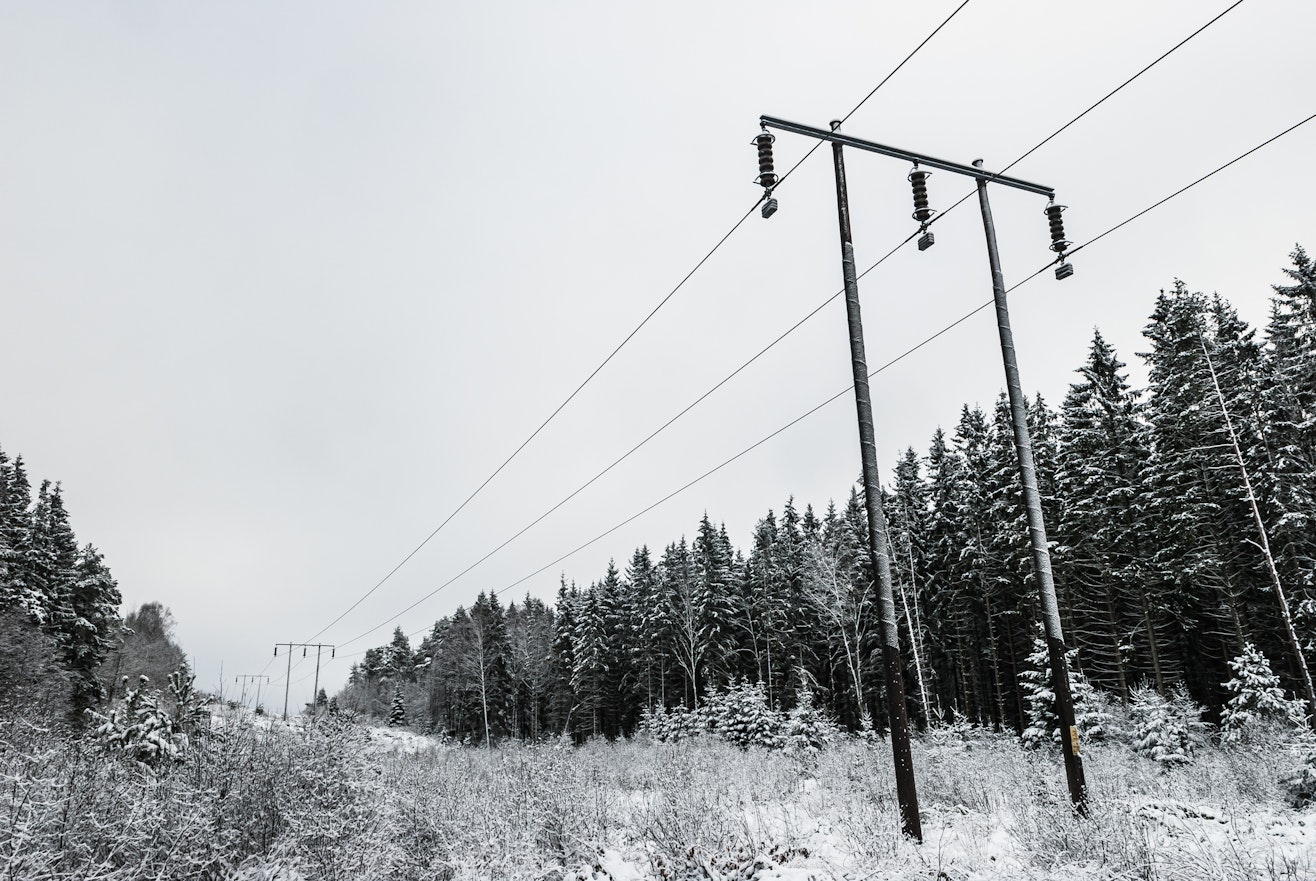
Iceland
Iceland, located between Greenland and Norway in the North Atlantic, operates a self-sufficient electric grid with no external connections. This isolation makes grid congestion a unique challenge, particularly in managing reliability across regions with varied power needs.
In his keynote speech, Challenges in Iceland’s Electric Grid, Prof. Dr. Rúnar Unnþórsson, Head of the Faculty of Industrial Engineering, Mechanical Engineering, and Computer Science at the University of Iceland, pointed out that Iceland’s remote areas frequently face winter power outages. This happens due to the increased strain on grid capacity from decentralized energy demand, creating congestion issues that compromise reliability.
Iceland’s transmission operator, Landsnet, has initiated major upgrades with support from a $50 million Nordic Investment Bank loan to address these issues. The enhancements include constructing new substations, laying underground cables, and developing a 220 kV ring network to bolster transmission capacity and grid stability. Environmentally friendly SF6-free substations are also being introduced to reduce greenhouse gas emissions.
Also, decentralized battery storage solutions are being considered to ensure reliable backup power in remote areas. With these initiatives, Iceland aims to strengthen its grid infrastructure and provide dependable, renewable energy access nationwide, even under extreme weather conditions.
A future without grid congestion?
The Nordics are making big moves to strengthen their grids. Each country is upgrading its infrastructure, boosting cross-border connections, and adopting new solutions to meet rising renewable energy needs. Grid congestion is still a challenge, but these efforts demonstrate a strong push toward a cleaner energy future.
The shared goal across Nordic countries is to create a stable, interconnected grid that accommodates renewable energy growth and enables sustainable economic expansion.
With substantial investments in technologies like HVDC lines, smart grids, and energy storage solutions, the Nordics are building a solid foundation. As these initiatives continue, the vision of a congestion-free grid that supports Europe’s green goals feels increasingly within reach.
Latest stories
Related posts
Market analysis
Powering through the peak: Why solar + storage is gaining momentum in MENAT
Discover how MENAT is building a functioning solar economy and why rising peak demand during extreme heat is squeezing its energy architecture.
Updated 11 DEC, 25

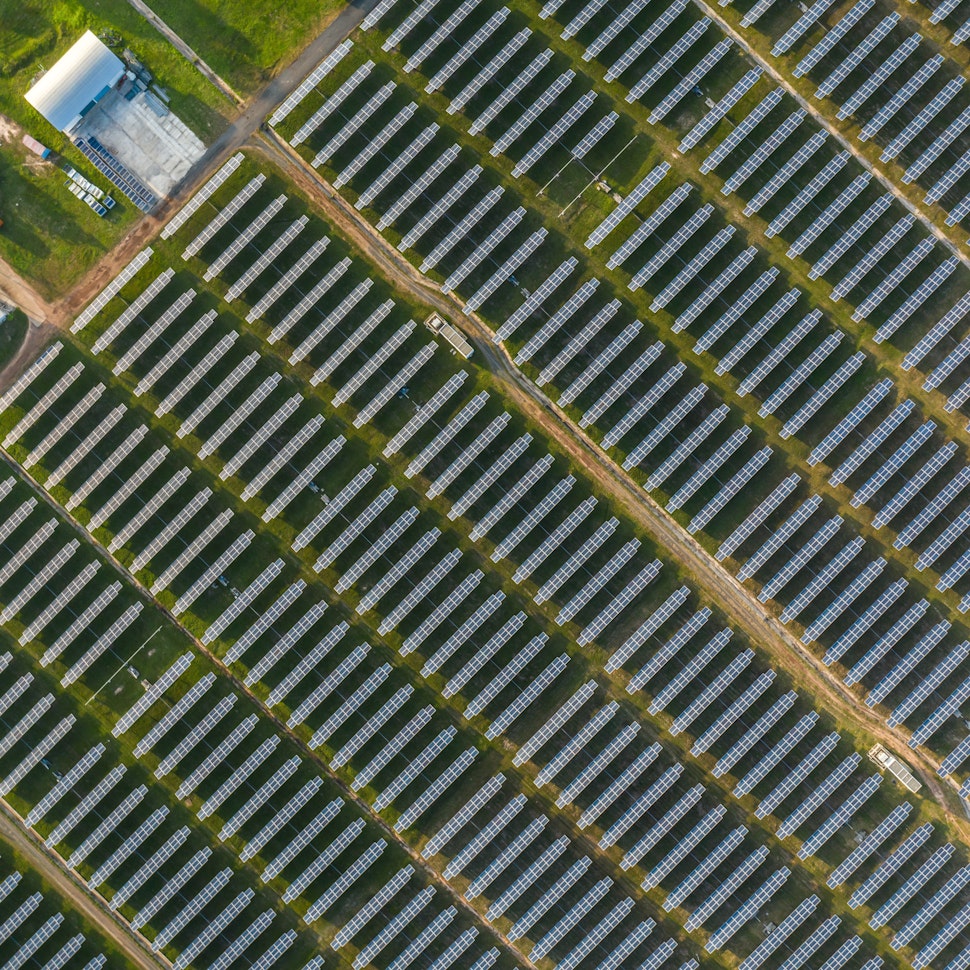
Market analysis
The rise of utility-scale PV + storage plants in Italy
Discover how Italy’s latest policies and auctions are driving utility-scale solar and battery storage projects to meet ambitious 2030 targets.
Updated 4 DEC, 25

Market analysis
From sun to socket: What Iberia’s grid needs to handle 2030 renewable targets
Discover how Spain and Portugal are upgrading their grids to meet ambitious renewable targets and prevent future blackouts.
Updated 25 NOV, 25
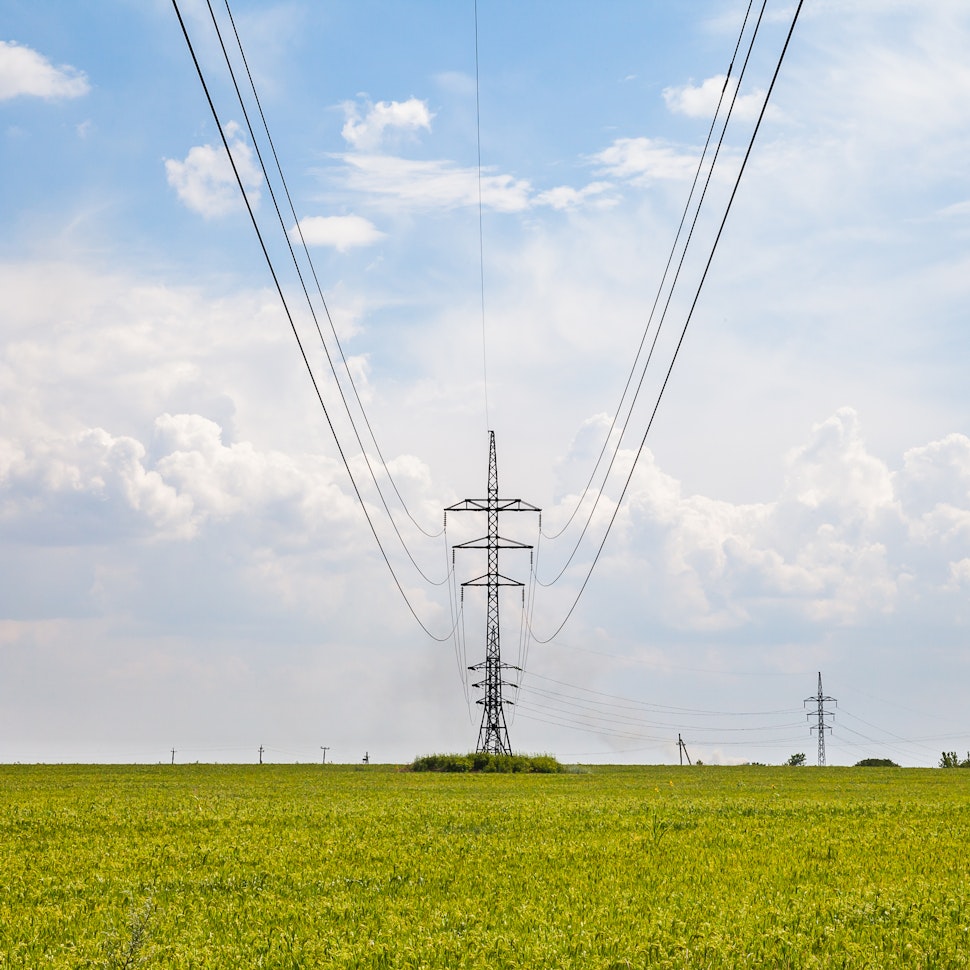
- RatedPower
- Solar energy blog
- Examining grid congestion in the Nordics
 Watch a demo
Watch a demo Ask our AI Product Expert
Ask our AI Product Expert
